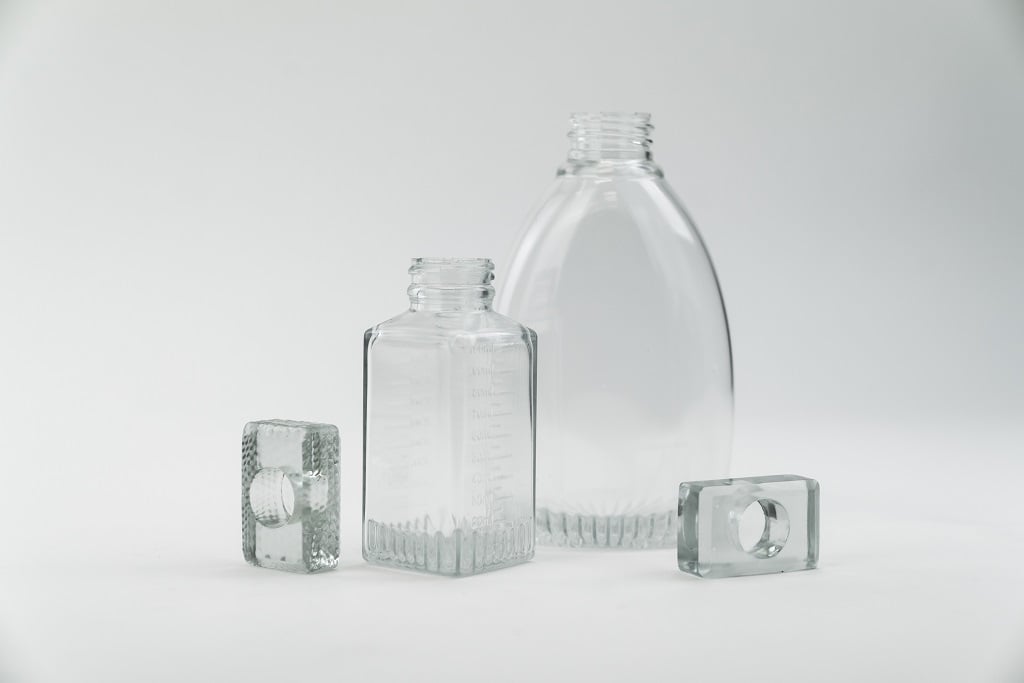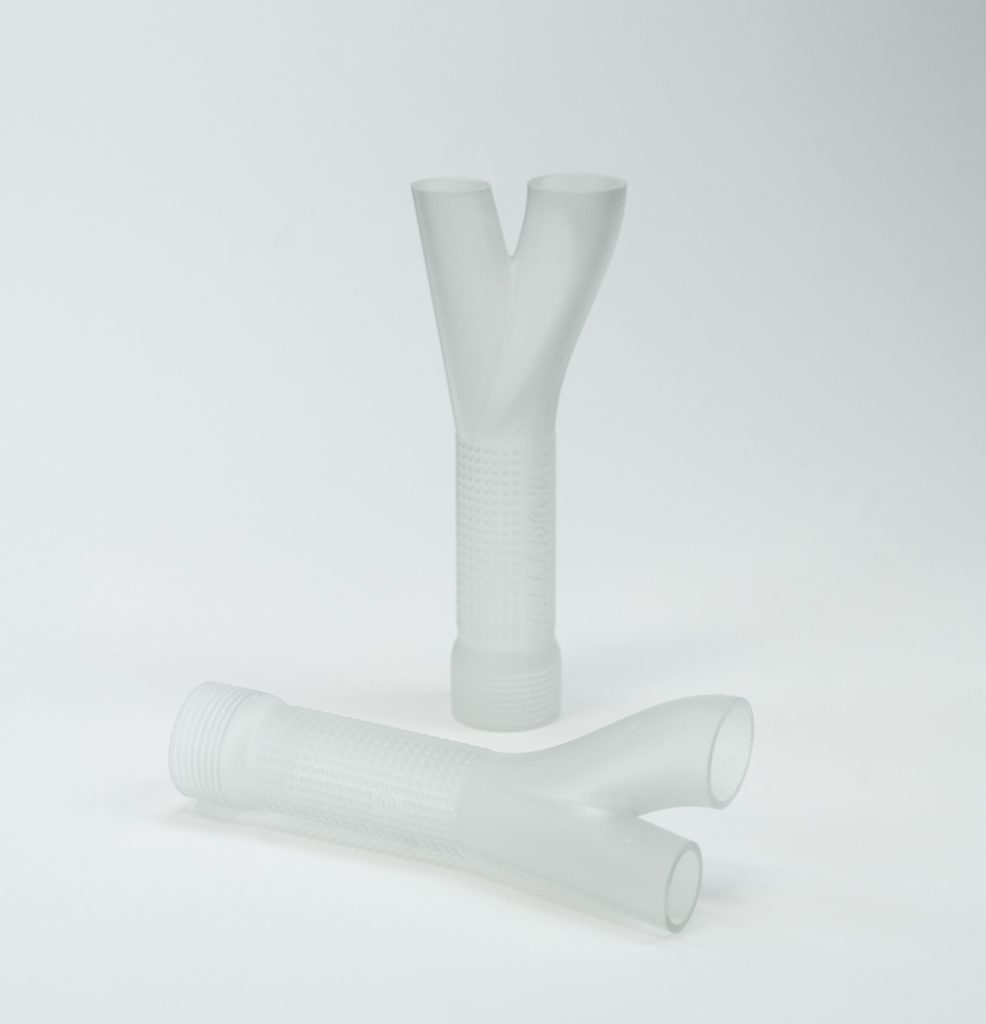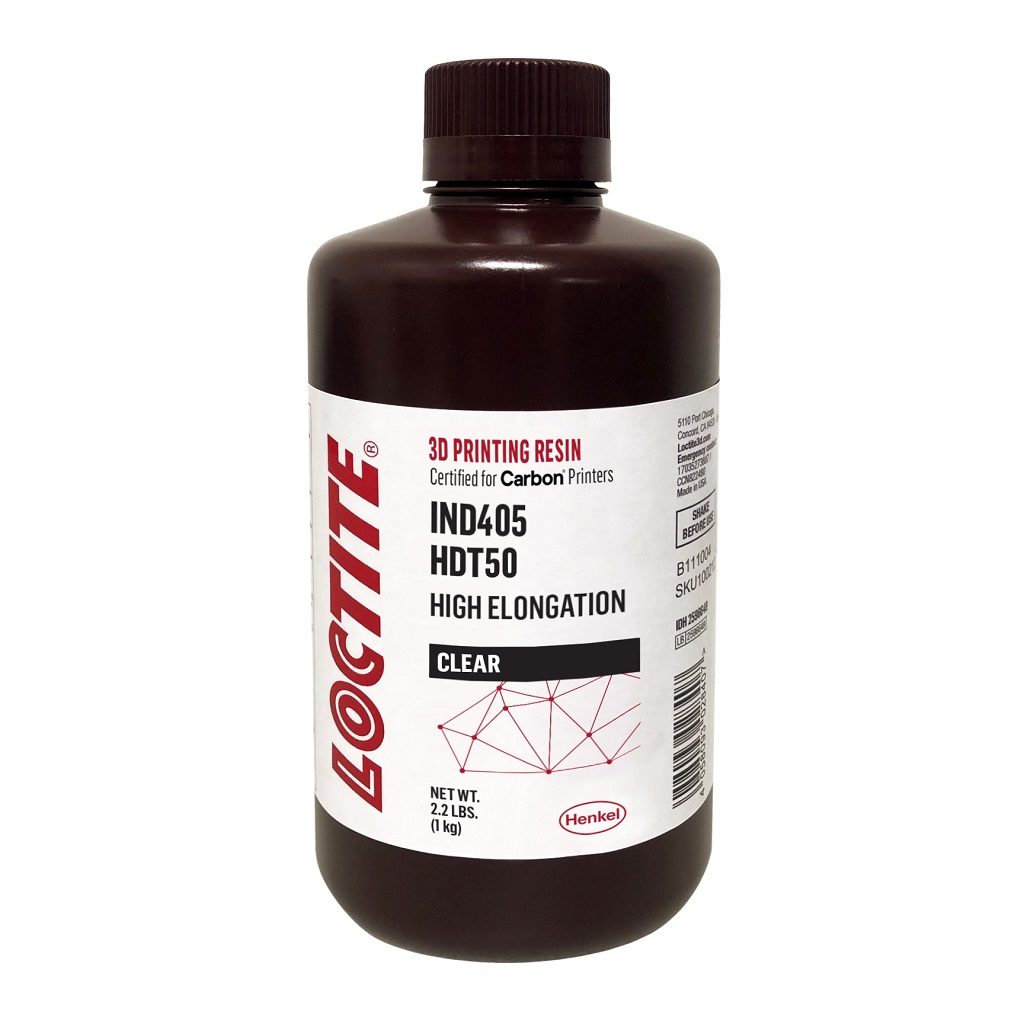
Two big names in 3D printing have announced an expanded relationship that’s paving the way for new engineering materials.
Loctite 3D Printing Materials
Loctite, a Henkel brand, has been making headlines in 3D printing as the familiar adhesives brand has pivoted into photopolymer-based additive manufacturing.
The well-known brand has been steadily increasing its presence in this industry, including through some high-profile partnerships.
This spring, Loctite and Nexa3D formed a partnership for high-speed 3D printing materials, which debuted with Nexa3D 3843-xABS Black, a high-performance, high-modulus material. That material was followed last month with xCE-White, which Nexa3D describes as “a functional polymer for producing end-use plastic parts and injection molding tools in minutes.”
At Formnext last year, we were also introduced to Loctite 3955, a resin introduced with 3D printer manufacturer Origin that meets aerospace fire safety standards.
Henkel has been busy indeed developing materials that meet specific industry needs — along with the standards and requirements that go along with those needs.
Henkel x Carbon

Today’s announcement focuses on Carbon’s Digital Light Synthesis (DLS) platform, as the two companies enter into an expanded relationship.
“Henkel is a leading provider of single-component technologies for additive manufacturing,” says Dr. Simon Mawson, Senior Vice President and Head of 3D Printing at Henkel. “Our expanded partnership with Carbon allows us to deliver Loctite solutions to customers in the aerospace, automotive, industrial and medical markets. Together we offer an efficient additive manufacturing workflow that facilitates the production of durable end-use parts.”
Lately, a lot of our coverage of Carbon has been more focused on applications-driven partnerships and business model. But we cannot forget that the California-based company is also ace in materials development, including via partnerships.
Carbon’s materials portfolio is categorized in two primary areas of focus: engineering and dental. Most of the co-branded materials are found on the dental side, but with this Henkel relationship comes a new engineering-focused resin. Partnering with an outside company means significant focus has gone into ensuring that the single-component material expertise from Henkel translates neatly to the DLS 3D printing experience, with a lot of work put into vetting workflow print settings.
Both companies have reputations of excellence to maintain, so creating a workable material that continues to offer scalable additive manufacturing solutions is paramount.
Loctite 3D IND405 Clear

Available immediately is the first material to arise from this collaboration: Loctite 3D IND405 Clear.
Comparable to polypropylene, Loctite 3D IND405 Clear is a tough, rigid, clear material targeted toward applications like enclosures and housings, light pipe prototypes, bottle prototypes, and jigs and fixtures for production floors.
Clear plastics are always in demand — Henkel notes that approximately 20% of all plastics used worldwide are clear — but can often be brittle. Making a DLS-compatible clear resin ensures a more durable, resilient material with high impact resistance.
The development of a clear resin was also one that Carbon has seen its customers request. Dr. Jason Rolland, Carbon’s SVP of Materials, notes that “Our customers have asked us for a clear material that is tough, durable and high-impact resistant” and that “Loctite 3D IND405 meets those needs.”
“We are excited to partner with Carbon and combine our innovative, cutting-edge technologies to bring the Loctite 3D IND405 Clear material to market,” Mawson adds. “We believe that the single-component technologies from Loctite, coupled with the Carbon DLS process, provide a best-in-class solution that enables higher precision, better functionality and outstanding economics. Together that puts us in a great position to deliver on additive manufacturing’s promise to transform industrial manufacturing.”
The full technical data sheet is available here (pdf).
Via Henkel
